
 |
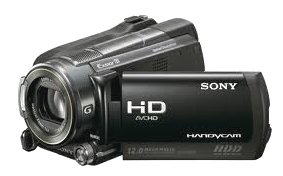 Camcorders |
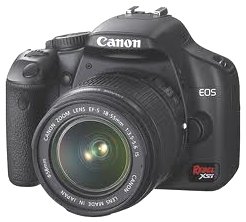 Cameras |
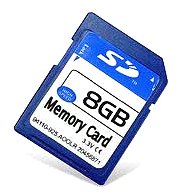 Memory Cards |
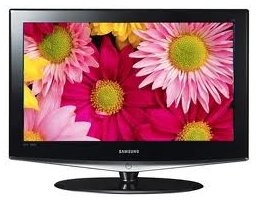 HDTV |
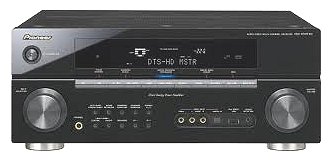 A/V Receivers |
 MP3 Players |
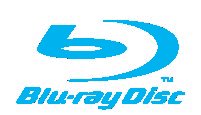 Blu-ray |
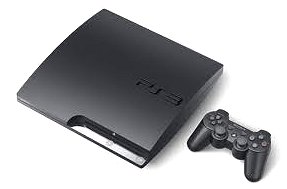 Game systems |
 Smart Phones |
 Computers |
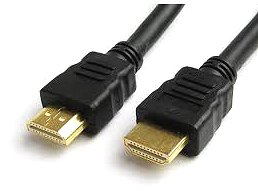 Cables |
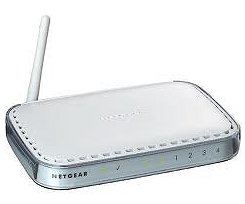 Routers |
| Camcorders, digital cameras, mobile devices and more can all use flash memory cards to store data. These small chips are inserted into the device and can be transfered to compatible HDTVs, computers etc. Brand names include SanDisk, Sony, Lexar, Kingston and others. Current popular capacities are from 32GB up to 512GB. The standard cards are SD, SDHC and SDXC. Ideal for recording 4K UHD video: Samsung MicroSD Evo is perfect for high res photos, gaming, music, tablets, laptops, action cameras, dslr’s, drones, smartphones (Galaxy S10, S10+, S10e, S9, S9+, Note9, S8, S8+, Note8, S7, S7 Edge, etc.), Android Devices Camcorder video recording times for flash memory cards
MXP and FXP modes record in 1920 X 1080 HD and require a class 4 or higher SDHC or SDXC card. Differences Between SD, SDHC, SDXC Memory Cards With these three memory card types there are no physical differences. The SD card measures 24mm x 32mm x 2.1mm, approximately the size of a postage stamp. They all have the same form factor and their measurements are also the same. The MAIN DIFFERENCE is related to the how much data the cards can hold and the speed. * SD Cards 64MB, up to 1GB, 2GB, 4GB. * SDHC Cards 8GB, 16GB and 32GB. * SDXC Cards 48GB, 64GB and 128GB. SD This older standard card is the basic memory card which is being gradually replaced by the newer SDHC card. SDHC The SDHC card, already a market leader in the digital camera marketplace, preserves photographic integrity and raises the memory performance bar by guaranteeing minimum ? more important than maximum ? performance rates. This large capacity is essential for use with a variety of digital content types especially with high-quality video. This card is standard for HD video recording in consumer camcorders. SDXC The newest next-generation SDXC memory card specification, released in April, 2009, dramatically improves consumers digital lifestyles by increasing storage capacity from more than 32 GB up to 2 TB and increasing bus interface speed up to 104 MB per second in 2009 with a road map to 300 MB per second. SDXC extended capacity will provide more portable storage and speed, which are often required to support new features in consumer electronic devices and mobile phones. Always check for compatibility with card and device. Memory Cards SD (Secure Digital) cards are often the least expensive and most widely available type of memory card. Storage capacity is typically 1GB. While the lower price point of this older generation of memory cards may be tempting, more people often choose SDHC (Secured Digital ? High Capacity) memory cards. These cards are available with storage capacity of up to 32 GB. With the higher capacity, you can capture more still photos and video. Even more advanced than SDHC, the newer SDXC (Secure Digital eXtended Capacity) card formats have the potential to one day provide capacity approaching 2048GB! Currently, the highest capacity available is 64GB SDXC which doubles the maximum amount of storage available on SDHC cards. SD/SDHC cards are broken down into four classes: Class 2, Class 4, Class 6 and Class 10. Class 2 cards offer a minimum sustained data rate of 2 megabytes per second (MBps), Class 4 of 4MBps and Class 6 of 6MBps and Class 10 of 10MBps. Depending on which manufacturer is selling the card, the speed class should be prominently displayed on the card. For standard definition camcorders, an SD/SDHC card with a Class 2 speed is all you would need. It?s fast enough to handle the highest quality standard definition video you can record. For high definition camcorders, you?re safest going with a Class 6 card. While you may be tempted to spring for a Class 10 card, you'll be paying for performance you don't need in a digital camcorder. Columbia ISA Audio/Video |